Web design shapes how websites look and work. It uses colors, fonts, layouts, and interactive parts to guide users. Web designers use HTML, CSS, JavaScript, and tools to build pages that match a brand and work on all devices.
Good web design influences user behavior. Stanford (2020) reports 75% of users judge credibility based on visual design. Conversion rates rise 200% with optimized layout. Bounce rates falls below 35% when sites load fast and display structured interfaces. Google’s Core Web Vitals index responsive design and load time as a ranking signal.
What is Web Design?
Web design combines visual creativity with technical functionality to create websites that serve specific business purposes. Web designers use HTML, CSS, JavaScript, and design software to build user interfaces that communicate brand messages while guiding visitors toward desired actions.
The discipline encompasses several core components. Visual elements include color palettes, typography selections, image placement, and layout structures. Interactive components cover navigation menus, forms, buttons, and multimedia integration. Technical aspects involve responsive coding, browser compatibility, and performance optimization.
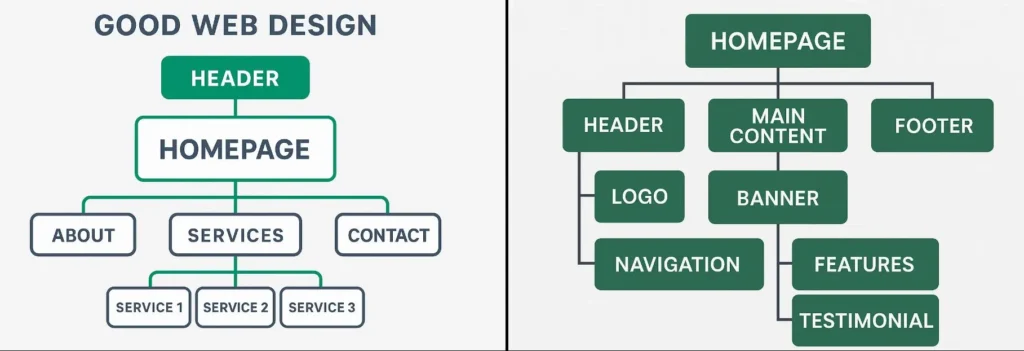
Web design differs from graphic design through its interactive nature and technical requirements. Unlike static print materials, websites must function across multiple devices, load quickly, and provide intuitive user experiences that adapt to different screen sizes and user behaviors.
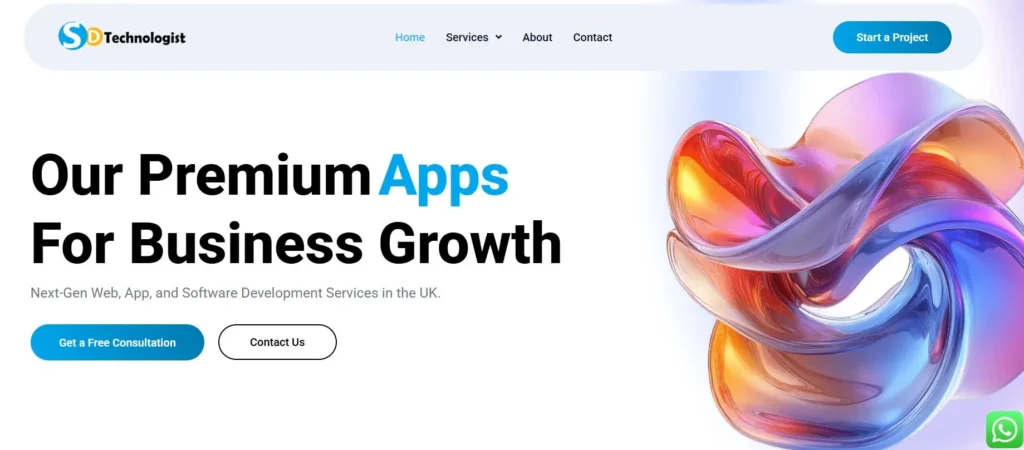
Web Design vs Web Development
Web design and web development serve distinct but complementary roles in website creation. Understanding these differences helps businesses allocate resources effectively and set appropriate project expectations.
Web design focuses on aesthetics and usability whereas web development handles functionality. Designers build wireframes, mockups, and brand systems. Developers code those outputs using JavaScript, PHP, and backend tools. Collaboration synchronizes visual logic with system architecture.
| Aspect | Web Design | Web Development |
|---|---|---|
| Primary Focus | Visual aesthetics, user experience, brand presentation | Functionality, database integration, server-side logic |
| Key Skills | Photoshop, Figma, color theory, typography, UX principles | HTML, CSS, JavaScript, PHP, database management |
| Tools Used | Adobe Creative Suite, Sketch, InVision, Canva | Code editors, frameworks, version control systems |
| Deliverables | Mockups, wireframes, style guides, prototypes | Working websites, applications, backend systems |
| Problem Solving | How to present information attractively and intuitively | How to make websites function correctly and efficiently |
Why Web Design is Important for Business Success
1. First Impressions and User Experience
Users form opinions about websites within 50 milliseconds of loading, making visual design critical for engagement. Stanford Research Institute studies show that 75% of users judge company credibility based solely on website design quality.
Poor design choices create immediate negative impressions. Cluttered layouts, slow loading times, and confusing navigation systems cause visitors to leave before exploring content or services. Conversely, clean designs with clear value propositions keep users engaged and encourage deeper site exploration.
User experience optimization involves strategic placement of key information, intuitive navigation paths, and responsive design elements that work across all devices. These factors directly influence conversion rates, customer satisfaction, and long-term business relationships.
2. SEO Optimization and Search Visibility
Web design directly impacts search engine rankings through technical and user experience factors. Google’s algorithm considers page speed, mobile responsiveness, and user engagement metrics when determining search positions.
Design elements that improve SEO include:
- Clean HTML structure with proper heading hierarchies
- Optimized images with descriptive alt text
- Fast loading times through compressed files and efficient coding
- Mobile-first responsive design that works on all screen sizes
- Clear navigation that helps search engines understand site structure
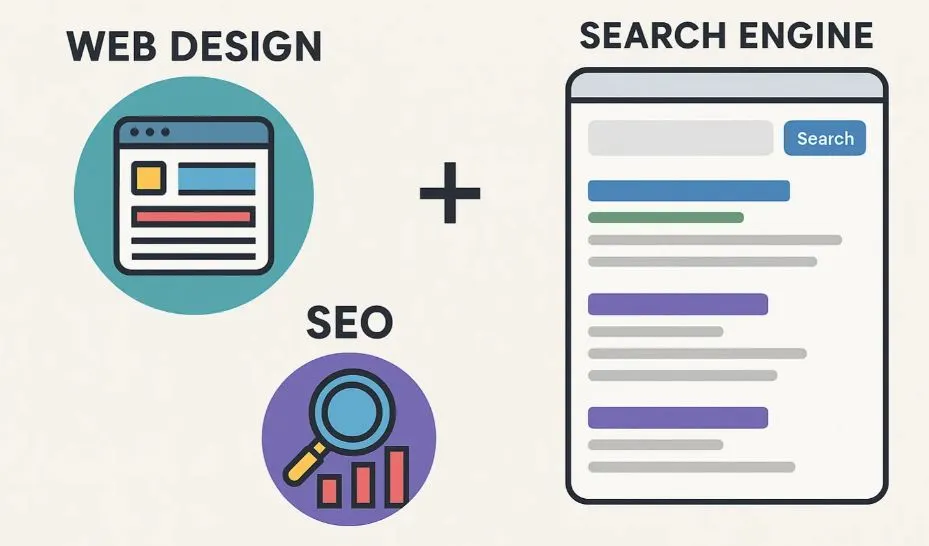
Websites with superior design typically achieve higher click-through rates from search results, longer session durations, and lower bounce rates—all factors that improve organic search performance.
3. Credibility and Trust Building
Professional web design establishes immediate credibility with potential customers. Visual consistency, high-quality imagery, and polished layouts signal competence and attention to detail that builds consumer confidence.
Trust indicators integrated through design include:
- Security badges and SSL certificates prominently displayed
- Customer testimonials and reviews strategically placed
- Professional contact information and physical addresses
- Consistent branding across all pages and elements
- Clear privacy policies and terms of service
Businesses with professionally designed websites convert visitors into customers at higher rates because design quality directly correlates with perceived business legitimacy and reliability.
4. Competitive Advantage
Quality web design differentiates businesses in crowded markets where customers compare multiple options before making decisions. Companies with superior website experiences capture more market share and command higher prices for their products or services.
Design advantages include faster user task completion, clearer value proposition communication, and more memorable brand experiences. These factors contribute to improved customer acquisition costs, higher lifetime values, and stronger word-of-mouth referrals.
How Web Design Works in Practice
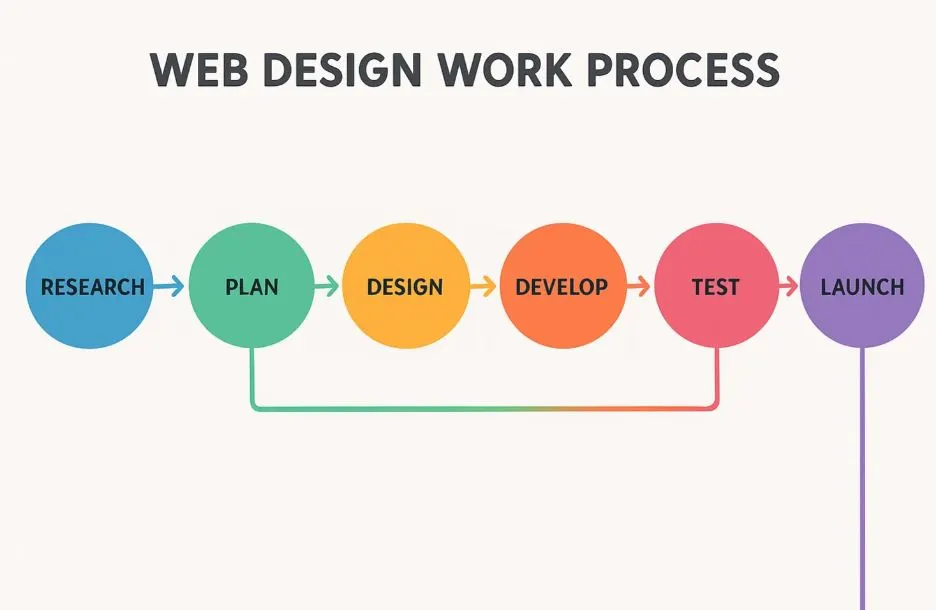
1: Design Process and Methodology
Professional web design follows structured processes that ensure project success and client satisfaction. The typical workflow progresses through discovery, planning, creation, and refinement phases.
Discovery Phase: Understanding business goals, target audiences, competitive landscapes, and technical requirements. This phase involves stakeholder interviews, user research, and project scope definition.
Planning Phase: Creating site maps, user journey maps, and wireframes that outline content organization and functionality requirements. Planning establishes project timelines and resource allocations.
Design Phase: Developing visual concepts, style guides, and high-fidelity mockups that translate planning into visual reality. This phase involves iterative design reviews and stakeholder feedback integration.
Testing Phase: Validating designs through usability testing, device compatibility checks, and performance optimization. Testing identifies issues before launch and ensures quality standards.
2: Integration with Development
Successful web projects require seamless collaboration between design and development teams. Designers must understand technical constraints while developers need to preserve design integrity during implementation.
Integration best practices include:
- Design systems: Standardized components that ensure consistency across pages
- Responsive specifications: Detailed breakpoint definitions for different screen sizes
- Asset preparation: Optimized images, fonts, and media files ready for development
- Quality assurance: Regular design reviews during development to maintain visual standards
This collaborative approach produces websites that balance aesthetic vision with technical functionality.
Essential Elements of Quality Web Design
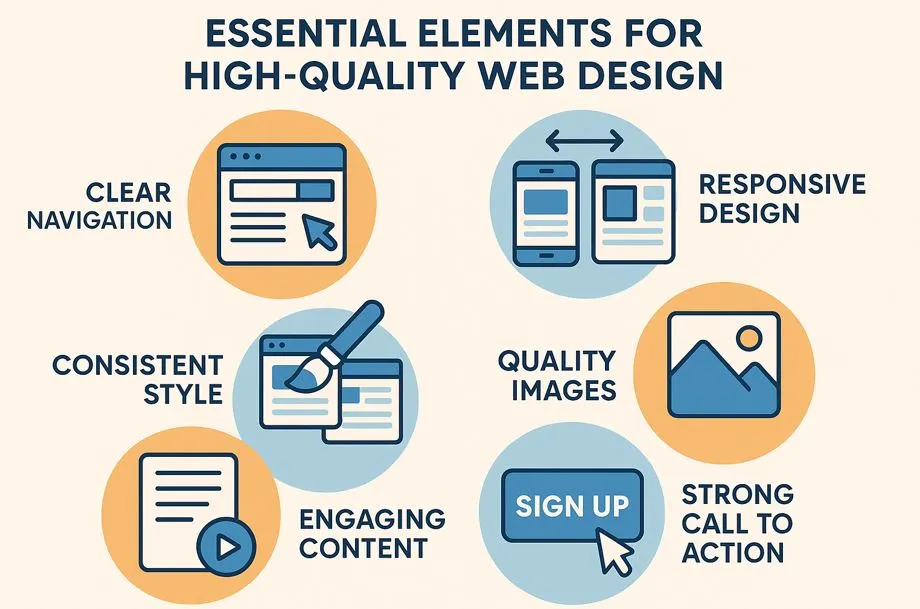
1: Navigation and User Flow
Effective navigation systems guide users through websites logically and efficiently. Well-designed navigation reduces confusion, minimizes clicks required to find information, and increases the likelihood of goal completion.
Key navigation principles include:
- Hierarchy clarity: Main navigation items cover broad categories with logical subcategories
- Consistent placement: Navigation appears in the same location across all pages
- Search functionality: Users can quickly locate specific content or products
- Breadcrumb trails: Clear indicators show current page location within site structure
Navigation design should anticipate user needs and provide multiple pathways to important content. This approach accommodates different user preferences and browsing behaviors.
2: Responsive Design Implementation
Responsive design ensures websites function optimally across desktop computers, tablets, and mobile devices. With mobile traffic accounting for over 50% of web usage, responsive design has become essential rather than optional.
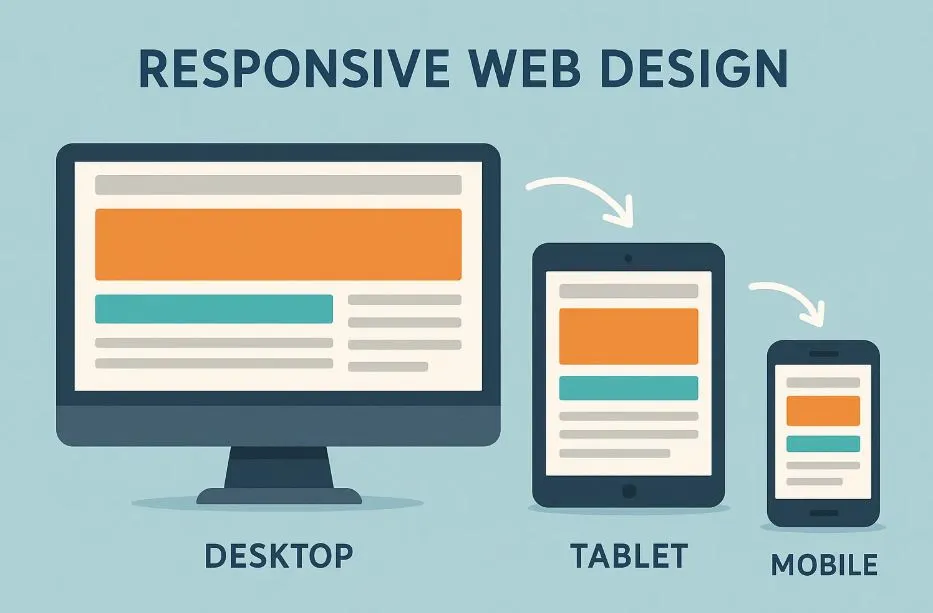
Implementation involves flexible grid systems, scalable images, and CSS media queries that adapt layouts to different screen sizes. Mobile-first design approaches prioritize smartphone experiences while enhancing functionality for larger screens.
Benefits include improved user satisfaction, better search engine rankings, and reduced maintenance costs compared to maintaining separate mobile websites.
3: Visual Design Components
Visual elements communicate brand personality while enhancing content readability and user engagement. Successful visual design balances aesthetic appeal with functional clarity.
Critical visual components include:
ElementPurposeBest PracticesColor SchemeBrand recognition, emotional response, content hierarchyLimit to 3-4 primary colors, ensure sufficient contrastTypographyContent readability, brand personalityMaximum 2-3 font families, consistent sizing hierarchyImageryProduct showcase, brand storytelling, visual interestHigh-resolution, optimized file sizes, consistent styleWhite SpaceContent organization, visual breathing roomStrategic use to guide attention and reduce cognitive load
Content Strategy and Copywriting
Content strategy involves organizing and presenting information that serves both user needs and business objectives. Effective web copy combines clear communication with persuasive elements that encourage desired actions.
Successful content approaches include:
- Scannable formatting: Short paragraphs, bullet points, and descriptive headings
- Value-focused messaging: Benefits rather than features, customer-centric language
- Strategic CTAs: Clear, action-oriented buttons placed at logical decision points
- SEO optimization: Natural keyword integration that maintains readability
Content and design work together to create cohesive user experiences that inform, engage, and convert visitors into customers.
4: Performance and Speed Optimization
Page speed directly affects user experience, search rankings, and conversion rates. Users expect websites to load within 3 seconds, with each additional second causing 7% conversion rate decreases.
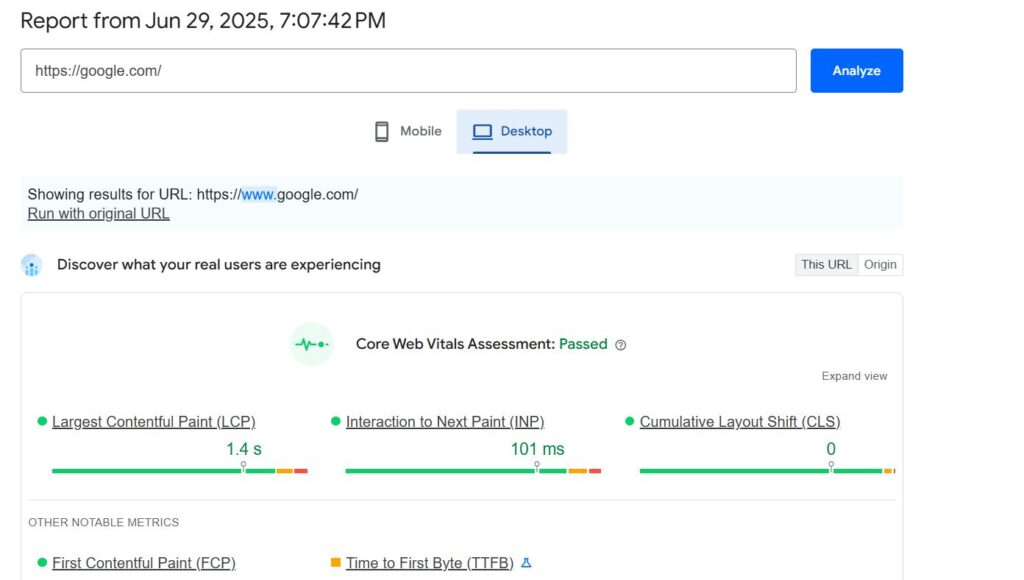
Speed optimization techniques include:
- Image compression and next-generation formats (WebP, AVIF)
- Minified CSS and JavaScript files
- Content delivery networks (CDNs) for faster global loading
- Efficient hosting solutions with adequate server resources
- Lazy loading for images and videos below the fold
Fast websites provide competitive advantages through improved user satisfaction and better search engine visibility.
Web Design Applications and Uses
1. E-commerce Success Factors
E-commerce websites require specialized design approaches that prioritize product presentation, user trust, and conversion optimization. Design decisions directly impact sales performance and customer satisfaction.
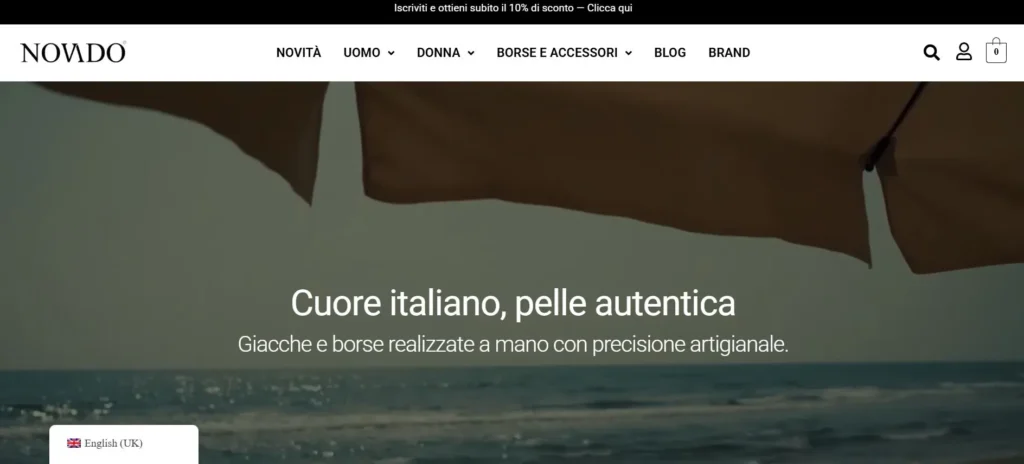
Essential e-commerce design elements include:
- Product imagery: High-quality photos with zoom functionality and multiple angles
- Clear pricing: Prominent price display with shipping and tax information
- Trust signals: Security badges, customer reviews, and return policy details
- Streamlined checkout: Minimal steps with guest checkout options and progress indicators
Successful e-commerce design reduces cart abandonment rates while increasing average order values through strategic upselling and cross-selling opportunities.
2. Business Growth Applications
Web design supports various business growth objectives beyond direct sales. Effective design can generate leads, build brand awareness, and establish thought leadership in competitive markets.
Growth-focused design applications include:
- Lead generation: Strategically placed contact forms and compelling CTAs
- Content marketing: Blog layouts that encourage sharing and engagement
- Service presentation: Clear explanations of offerings with social proof elements
- Conversion optimization: A/B testing different design elements to improve performance
Design choices should align with specific business objectives and target audience preferences to maximize return on investment.
3. Scalability and Future-Proofing
Professional web design anticipates future growth and changing business needs. Scalable design systems accommodate content expansion, new features, and evolving user expectations without requiring complete redesigns.
Future-proofing strategies include:
- Flexible content management: Systems that allow easy updates and additions
- Modular design components: Reusable elements that maintain consistency as sites grow
- Technology compatibility: Modern coding standards that support future integrations
- Performance optimization: Architectures that handle increased traffic and content
Investing in scalable design reduces long-term maintenance costs while supporting business expansion goals.
Transform Your Business with Professional Web Design
Quality web design drives measurable business results through improved user experiences, higher search rankings, and increased conversion rates. The investment in professional design pays dividends through reduced customer acquisition costs, improved brand perception, and sustainable competitive advantages.
Ready to create a website that delivers results? SDTechnologist.co.uk specializes in custom web development solutions that combine stunning design with powerful functionality. Our experienced team creates responsive, SEO-optimized websites that grow with your business.
Our comprehensive web development services include:
- Custom website design and development
- E-commerce platform creation and optimization
- Mobile-responsive design implementation
- SEO optimization and performance enhancement
- Content management system integration
- Ongoing maintenance and support
Contact SDTechnologist.co.uk today to discuss your web development project and discover how professional design can transform your online presence into a powerful business asset.
